UPDATED 09-01-23: In August word reached us that one of the most creative and devoted volunteers that Beit Warszawa was privileged to host passed away. Mordy Feinberg passed away on August 9 in Rockville, Maryland. Mordy’s wife, Miriam, writes us with the grace of her loss, but we remember the love and devotion that this couple lavished on our community. May the memory of Mordy be a blessing.
The following is an excellent letter about their visit to our community. It was originally published in 2015.
|
Please meet the Feinbergs. Miriam and Mordy were guests of Beit Polska for one month at Beit Warszawa, the flagship congregation of Poland’s Progressive Union of ten congregations. Beit Polska is the national umbrella of Progressive Polish congregations affiliated with the European Union for Progressive Judaism (EUPJ). Progressive Judaism in Poland dates from 1801 and is the “grandfather” of America’s Reform and Conservative congregations. The Feinbergs led seminars on how to start a Jewish Burial Society (Chevra Kaddisha) and how to read Torah as well as Hebrew lessons for the introduction to Judaism, Step by Step. They have taught all over the world in emerging Jewish communities. We were most happy to host them and they contributed so much to our growth. We are most appreciative of their efforts. If you would like to support those efforts please consider making a contribution to Friends of Jewish Renewal in Poland. If you have skills and experience, we would love to talk with you about working with our communities. Many thanks Miriam and Mordy! Rabbi Haim Dov Beliak, Executive Director of Friends of Jewish Renewal in Poland |
November 19, 2015
Dear Family and Friends,
We feel so fortunate to have had the unusual and meaningful opportunity to spend a month in Warsaw, under the auspices of Jewish Renewal In Poland.
After we were met at the airport by Dominika, a member of the Beit Warszawa community, our warm welcome continued with very meaningful interactions with Rabbi Boris Dolin, the current religious leader of Beit Warszawa. Rabbi Boris had arrived there from his previous pulpit in Eugene, Oregon, only six weeks earlier. We give him and his wife Sarah a lot of credit for their positive and adventurous attitudes to raising their three young children in such a different society. Rabbi Boris is extremely available and accepting as he interacts with community members, encouraging them to participate as fully as possible in Jewish life activities.
We loved our living facility; a two room apartment, in a beautiful building, located in a pleasant Warsaw suburb. While it would have been nice to stay closer to the center of town, the #180 bus conveniently stopped for us across the street from Beit Warszawa almost any time we wanted it and it took us to almost any place we wanted to go.
We met with people of all ages at Beit Warszawa. Some of them wondered if they have Jewish roots, while others had decided that they do have a Jewish background. They were aware that during the Holocaust, as Jewish parents were taken to the gas chambers, they made the difficult choice to give their babies and young children to Christian neighbors or orphanages. The children were raised as Catholics by those who kindly took them in. Then came the Soviets who warned everyone against speaking about the past and especially about discussing religion. Now, many descendants of Holocaust victims, or their children or grandchildren, are questioning their roots.
Our students were eager to learn Judaic subjects from us as they explored their own identity. We were thrilled to meet those lovely people and delighted to be part of the Progressive Jewish movement meeting them wherever they were and helping them move forward in their Judaic development.
We offered classes in creating a chevra kadisha committee, to which there was a marvelous response, with volunteers expressing eagerness for training.
The community hopes to create opportunities for its members to have Jewish burial, which previously was not possible. We were so impressed to learn that so many of them were eager to take on such responsibilities and to devote several blocks of time learning how to do it.
There was great interest in studying Hebrew, with each of us offering lessons to students of different levels of proficiency.
We participated in teaching Step-By-Step (conversion) classes.
Mordy was very pleased to be invited to read Torah with trope during Saturday morning Shabbat services. I gave talks (D’vrei Torah and lectures) on Shabbat.
Beit Warszawa is fortunate to be based in a charming building containing a synagogue, classroom space, a large kitchen and a very large dining area. All of our classes were conducted in that building. Shabbat services are offered on Friday evening and Saturday morning with approximately forty and thirty participants respectively. Services are extremely participatory and are led by community members. Lovely communal Shabbat meals, all dairy and vegetarian, are prepared on-site by paid staff and offered to anyone who wishes to participate following services.
A religious school meets on Saturday morning, in an adjacent building, with five to ten children attending on any given Shabbat. The children and their teacher join the community in the synagogue for the Torah service, with the children carrying small imitation Torahs as someone carrying a real one leads the way. The children then stand on chairs around the table very close to the open Torah, as it is read. Afterwards, they help wrap the Torah and place it in the ark. These opportunities for the children’s weekly involvement in the Torah service are so lovely, and obviously a great learning opportunity for them.
As I considered our pending trip to Poland, I thought about it constantly, feeling a mixture of emotions: anxiety in facing what I assumed would be wanton anti-Semitism and excitement in interacting with those who were undergoing a renaissance of Judaic involvement. What we found was both surprising and expected.
We learned first-hand that Polish people were polite, helpful and extremely law-abiding.
The society is very organized. The three cities we visited (Warsaw, Krakow and Lublin) are extremely clean and well-maintained and there’s always someone cleaning or fixing something on the street.
Every place we visited felt extremely safe; even when simply crossing the street. Anytime we put a toe into a crosswalk, cars would instantly stop and wait until we reached the other side of the road. When asking for directions, we’d invariably be walked to our destination. We NEVER heard anyone shouting in a loud voice or arguing publicly.
There are many beautiful, well maintained, and well used parks in Warsaw. Some of them were previously palace gardens for the many Polish royal families who lived there in centuries past.
Krakow is gorgeous, Lublin is charming, and Warsaw is an architectural wonder. Warsaw was almost totally razed by the Nazis (except for a few gorgeous buildings used by Nazis) and then rebuilt in the 1950’s, amazingly close to their original appearance (known from photos).
Public transportation in Warsaw is fantastic! We don’t really know about the public transportation in the other two cities we visited. The Warsaw #180 bus ran frequently and delivered us to the center of town. From there we could take a trolley or metro, which, though not extensive is immaculately clean, well maintained, and beautiful!
Restaurant food is varied, healthy, nicely presented and internationally varied. There are many vegan restaurants in Warsaw and many others that offer very nice salads and other vegetarian dishes. We were thrilled to discover that cappuccino (fabulously prepared) is available everywhere. We wondered if all those cappuccino venders had taken a course in Italy!!
There are several wonderful museums in Warsaw (all of which we visited). The most beautiful and technologically advanced is the Polin Museum, which presents Polish Jewish history over 700 years of existence in Poland. The museum opened in October, 2014 and is constantly filled with visitors, many of whom are groups of Polish school children and their teachers.
Chopin (the darling of Poland) concerts are offered daily, and are very reasonably priced. Although we didn’t avail ourselves of those concerts on a DAILY basis we did take advantage of as many as we could.
I can’t remember EVER having my hand kissed so regularly by men. It seems so quaintly European. It was actually charmingly sincere, but so different from my usual American and Israeli experiences.
At the same time, it was clear that there’s another side to the three cities we visited. Almost everywhere we walked in Warsaw offered a reminder of a sad and horrifying past.
Warsaw is filled with monuments, many of them from WWII and referring to Nazi bestiality. Someone mentioned that in the area that served as the Jewish ghetto in the early 1940’s (until it was razed after the 1943 ghetto uprising), “It feels like I’m walking on graves”. It’s true. While the Warsaw Ghetto was the largest of all the Jewish ghettos in Europe set up by Nazis during their reign of terror it was pitifully small for the 400,000 who were heartlessly forced to live there. Between 1940 and 1942, 83,000 Jews died there from starvation and disease. Most of the rest, of all ages, were murdered in concentration camps.
In the area that had been the ghetto, we came upon the “Shalom Café” and the Yiddish theatre. At first it seemed exciting to have found it. I couldn’t wait to go to a Yiddish play there. By that time, I had thought a lot about how missing Yiddish was from that culture. Even though I know it very poorly and heard it only at home in my childhood, I realized that here in that neighborhood Yiddish had been the language used by Polish Jews until the end of WWII. Now one is hard pressed to hear it anywhere in Poland except among some non-Jewish academics in Polish universities. I was deeply saddened to learn that the café and Yiddish theatre are really commercial establishments where actors, theatre-goers and those who frequent the Shalom café are not Jewish but find the experience culturally “interesting”. It felt terrible to be there and to see enlarged photos of Jews from old times (in the ghetto).
Shortly after our arrival in Warsaw we were invited by Dominika to join her and a group of fourteen Israeli young politicians, whom she was leading on their week-long visit to Poland. The Israelis, almost all of whom are in their twenties, are active in the political party, Yesh Atid. They were invited by their party and the Polish government, to visit Poland to learn about the country’s progressive ideology and friendship with Israel.
We were so grateful to be able to spend two fascinating days with the Israeli group where we met impressive young leaders. While we had many impressive experiences in our time with the group, I’d like to tell you about a few most memorable ones.
On the first day, we were taken to the classroom of a remarkable middle-school teacher, Katarzuna Ludwiniak. Kasha decided many years ago to teach her students about the importance of tolerance.
She focused on the Holocaust and the efforts of Irena Sendler (known as Sendlerowa in Poland) to save as many children living in the Warsaw ghetto as possible.
Assisted by two dozen other Żegota members (underground Polish army that collaborated with members of the Jewish community to save Jewish lives), Sendlerowa smuggled approximately 2,500 Jewish children out of the Warsaw Ghetto and then provided them with false identity documents and shelter outside the Ghetto, saving them from the Holocaust. In 1965 she was recognized by the State of Israel as “Righteous among the Nations”.
Kasha invited Sendlerowa to her classes year after year to meet her students. When Sendlerowa expressed regret that while Great Britain and The United States officially recognized her accomplishments and Poland had never done that, Kasha and her students decided to surprise her with a celebration in their classroom. Two hours prior to the planned celebration Kasha received word that Sendlerowa had died, at age 98!
Kasha was successful in having her school, as well as 38 other schools, named in memory of Sendlerowa. In addition, she’s devoted a room in her school to teaching about the Holocaust. Teachers from her school, as well as many other schools in Warsaw, visit that room as part of their Holocaust education.
It was interesting to learn that, while Poland had (and maybe still has. Who knows?) more than its share of anti-Semites, there were more “Righteous Gentiles” (non-Jews who saved Jews) in Poland during WWII than in any other country in the world; 5400 in all. That number includes only those who were successful, and identified. The Nazis made it clear that those who were caught trying to save Jews would be killed along with all of their family members; a punishment not enforced in any other country.
Throughout our month in Poland, we never felt any anti-Semitism. It seemed like it would be okay to wear a kippah or magen david in a public place (although we never did) contrary to many other places in Europe.
On the second day of our trip with the Israelis we were taken to Lublin, where 40% of the population was Jewish before 1944. We visited the Gate Theatre (“Brama Grodzka – Teatr NN” Centre), where we met theatre founder and director, Tomasz Pietrasiewicz, active in Lublin since 1998.
Pietrasiewicz, when starting to create his theatre, noticed that the city gate adjacent to the theatre led to nowhere. When he inquired of those living in the area about the history of the gate he was greeted with silence. After additional research, he learned that the gate had been called The Jewish Gate because it had served as a passage between the Old Town and the Jewish district before WWII. With further research he learned that the Nazis forced all Lublin Jews to live in this area, after which they sent them all to be gassed in Majdanek Concentration Camp and then levelled that part of the city.
Pietrasiewicz has led the revitalization of Lublin’s Grodzka Gate to honor and remember the city’s 45,000 Jews and thriving prewar Jewish culture destroyed by the Nazis. He has created a file for every street and family living in the destroyed Jewish section of Lublin. He hopes that, over time, photos, letters and other artifacts will be sent to the archive bringing to life the city’s rich Jewish history literally buried there. He received an award for his creative efforts on behalf of the revision of Lublin’s Jewish history at the first anniversary of the opening of Warsaw’s Polin Museum, in October, 2015.
We visited the Majdanek concentration camp, established on the outskirts of the city of Lublin during the German occupation of Poland in World War II. It’s shocking to see how close it is today (and it was in 1943!) to Lublin apartment buildings!
When we arrived at Majdanek, Gal, a young Israeli with whom we were very impressed, removed his coat and insisted on carrying it during our hour and one-half visit to the camp. When I urged him to wear his coat as it was freezing cold, his response was, “They were much colder.”
He told me that when he visited Auschwitz with his high school class, as he entered one of the buildings, a recording announced the names of camp victims who had died there. He heard the names of his family members who had perished there. It made me weep to see him, carrying his coat while wearing short sleeves and separating himself from the group so he could focus, with quiet concentration.
Later that week, on Shabbat, Gal and a few of the other visiting Israelis came to services at Beit Warszawa. Most (if not all) of the Beit Warszawa community are searching for their Jewish identities. At one point I noticed Gal wiping tears from his eyes. Afterwards he told me how emotional the experience was for him. I totally understood. I felt deep sorrow and joy to be with those wonderful people; remnants of Warsaw’s Jewish population, which before WWII was one-third of Warsaw’s total population.
There were such different connections with Judaism among the members of the community. At one Shabbat service, a gentle woman in her 20’s who is a member of the conversion class, asked me, “Have you always been Jewish?” When I answered affirmatively, she responded, “You’re so lucky!”
In conversations with some members of the Step-By-Step (conversion) class, we were offered a window into their lives and reasons for their upcoming conversions. For instance:
- A: (age 45) told about when he was 16 years old and invited to play bridge at his friend’s house. After that occasion, his friend constantly made anti-Semitic comments to him and he was never again invited to that friend’s home. It turned out that his friend’s father was a member of the Polish branch of the KGB and knew everything about everyone. When A asked his father if he was Jewish his father reluctantly admitted “yes”. He then realized why his grandmother annually gave him chocolate candies with a metallic wrapping that looked like money, but always on a different date in December and with no explanation. He later learned that as a baby he had been baptized, “to protect me”. After many years of mulling about his identity, he’s decided to convert. He says that as he now thinks back he realizes that some of his school friends were probably “closet Jews” but he hadn’t noticed the clues at the time.
- B: (age 63) says he “put 2 and 2 together”. He thought about the names of members of his family, his mother’s Polish village where everyone was Jewish before the war, and the fact that his mother’s response to his questions about whether the family is Jewish were met with stony silence.
- C: (age 28) says his wife is “totally” Jewish, and “has documents to prove it”. He always feels drawn to Jewish people, feels that he too is Jewish, notices that he looks a bit different from most of the Polish Catholics that he knows and wants to have documents that say he’s Jewish.
We spent two really interesting days in Krakow, travelling there on a fast train (2 ½ hours) that was super modern and comfortable. It was wonderful to be served free coffee or tea at our seats on the journey.
Krakow, a stunning city with amazing architecture, a gorgeous central square and a beautiful castle, was spared by the Nazis for some reason.
Kazimierz, the Krakow Jewish neighborhood, historically and today, is a bit rundown and filled with many synagogues, two cemeteries, a Jewish Community Center, and a “Jewish area” with restaurants featuring Jewish food, klezmer musicians and Yiddish and Hebrew characters on signs. I was too distraught to remain in that “Jewish area”. I felt incredible sadness to even consider staying in such a commercial area pretending to be as it had been 75 years before.
We left there as quickly as possible and visited the old Remu synagogue and cemetery. It felt genuine, real and beautiful, to find the tombstone of Moses Isserles (the”Maimonides of Polish Jewry,” one of the greatest Jewish scholars of Poland, who lived in Krakow in the 17th Century). His tombstone contained an incredible number of notes left in crevices by visitors who had preceded us.
The Oskar Schindler museum, located across the river from Kazimierz, is on the site of the actual factory. It felt very meaningful and emotional to be there.
We had a most remarkable visit to the Krakow Jewish Community Center where we were warmly greeted by Leela, a lovely non-Jewish volunteer. She was a remarkable young woman, and a confident representative of the JCC, who knew a great deal about Judaism.
We learned that there are two JCCs in Poland, one in Krakow and the other in Warsaw. We visited the Warsaw facility later in our trip. So many young non-Jewish hopeful volunteers come to the JCCs that the positions are rather competitive.
At this point there are fifty such volunteers at each facility, and they must agree to volunteer for a few hours a week, for a year, and to take a course in Judaism that will adequately equip them with the ability to appropriately welcome visitors to the JCC.
The programs offered in both facilities (located in the center city) are quite impressive, including Shabbat dinners, Holocaust education gatherings, Sunday morning brunches, children’s programming, Jewish film festivals and Hebrew and Yiddish lessons.
At a later time, we met two young Jewish JCC fellows; both of them American. They told us that there are twenty-seven of them, all volunteers, and each placed for one year in a JCC in Eastern Europe. It’s an impressive program and a marvelous experience for them.
I did quite a lot of crying during our month in Poland. One of the most moving experiences we had was an afternoon spent at the “Path of Remembrance” in Warsaw. The “Path” started outside of the Polin Museum where one can visit monuments and memorials to those who were murdered and to those who fought back, such as Emanuel Ringelblum (historian and archivist), Mordecai Anielewicz (leader of the Warsaw Ghetto uprising) and many others.
A rather unimpressive mound (or so it seemed at first) turned out to be a bunker where the Warsaw Ghetto fighters fought, hid and died when caught.
The memorials and monuments exist today among apartment buildings, built there during the Soviet occupation period. We found it interesting that while there is graffiti on some of the apartment buildings, none of the monuments or memorials has any graffiti.
All of those monuments and memorials lead to the The Umschlagplatz, the square where, under German occupation, Jews were forced to gather for deportation from the Warsaw Ghetto to the Treblinka extermination camp.
The Warsaw Jewish Cemetery is one of the largest Jewish cemeteries in Europe and in the world and one of the very few to have survived World War II. Founded in 1806 and consisting of 82 acres, the cemetery contains the remains of approximately 250,000 people. It’s not known exactly how many are buried there as the Nazis burned its records.
The old beautiful stones, family plots, and quiet beauty of the place felt comforting.
It seemed incredible to see stones with the names of such famous people as L.L. Zamenhof (inventor of Esperanto), Isaac Loeb Peretz (one of the most important Yiddish language writers of the 19th-20th centuries), Chaim Soloveitchik (founder of the Brisk rabbinic dynasty) and so many others. There were monuments to some who had died in concentration camps, like Janusz Korczak.
We also saw some mass graves there, containing remains of Jews who had been found lying in the open. They were reburied respectfully after the war by an amazing organization called the Nissenbaum Foundation, whose offices are in a building that stands beside the Warsaw Jewish Cemetery.
What an act of love and respect!!
After leaving the cemetery we took the 180 bus (of course, what else?) where we met Sophie. We were standing next to her on the crowded bus and noticed that she wore a small pin with an Israeli flag. When we asked her about it, she told us she’d been to Israel twice. She asked us where we were from and where I was born. When I told her I was born in the US because my grandparents and mother emigrated there from Poland, she responded “You’re so lucky. Your family made such a good decision. I was born in the Warsaw Ghetto in 1942. A year later as my parents were about to be killed, they gave me to a Christian family who raised me.” I wanted to ask her so many questions, but we had met her only three minutes before and it seemed a bit intrusive. And then we arrived at our stop and left the bus. I cried for Sophie and for all the Sophies I never met.
The Great Synagogue of Warsaw (on Tłomackie street) was one of the greatest buildings built in Poland in the 19th century and at the time of its opening was the largest synagogue in the world. Located inside the Warsaw Ghetto, it was blown up by the Nazis in 1943, who mistakenly neglected to destroy the much smaller building adjacent to it, The Jewish Historical Institute.
We spent several very meaningful hours in that building, viewing a documentary film about the Warsaw Ghetto, and meeting with staff who tried to help us find information on my family and their shtetl. We were very graciously welcomed in the documentation dept. by Aliycia and Noam and in the geneology dept. by Anna and Matan. Noam and Matan, young Israeli men with Polish roots who have decided to spend some time living in Poland, were extremely helpful in trying to locate my family’s information.
The observance of All Saints Day (November 1) was a new experience for us. Actually WE didn’t observe it; we observed others (almost everyone!) observing it. We learned that it is the most important holiday in Poland (which is almost entirely Catholic); more important than Christmas and Easter. Our students let us know that they could absolutely not participate in classes on that day (Sunday was frequently a teaching day for us) because of “family responsibilities”, emphasizing their mixed religious identities.
We saw November 1 as a wonderful learning experience for us.
We took the #180 bus to the Powązki Cemetery, the biggest and oldest Christian cemetery in Warsaw.
We had no idea of where to get off the bus but we didn’t need to know that. By the time we reached our destination, the bus was totally packed and everyone, except for us, was carrying brooms, candles and flowers.
We followed the throngs of people leaving the bus at the cemetery, and then sweeping and cleaning loved ones’ tombstones and leaving candles and flowers at the site. Most impressive, were the myriad of multi-colored twinkling lights after darkness fell.
As we review our month in Poland we have many experiences and relationships on which to reflect. We feel changed by those extraordinary experiences and grateful to have formed wonderful new friendships which we hope will endure. Our own identities and acceptance of a wide variety of identities have been strengthened by those experiences and friendships.
With love from Mordy and me.
Miriam
All photos © Mordecai Feinberg
To make a secure donation to Jewish Renewal in Poland please click here.
We thank you for your continued support.
- Rabbi Boris and Miriam
- Hebrew class at Beit Warszawa
- Krakow JCC
- Warsaw Ghetto fighters’ bunker
- Memorial to 1 million Jewish children murdered in Holocaust
- Memorial to Warsaw Ghetto Uprising Heroes
- Holocaust Memorial – Former Warsaw Ghetto
- Lake in Lezienki Palace Park– Warsaw

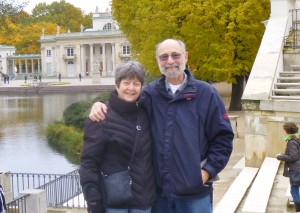
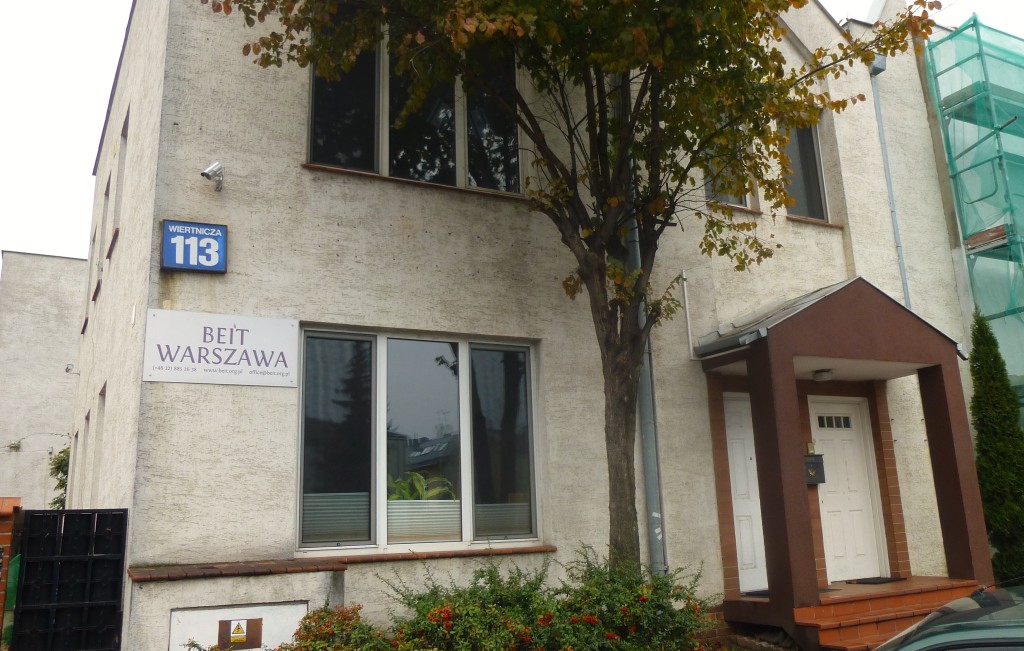
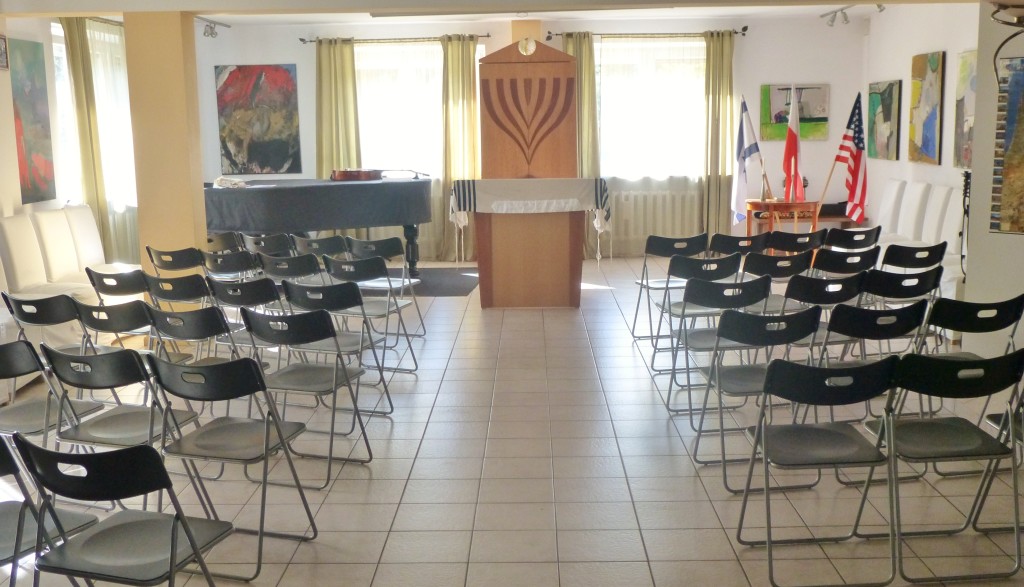
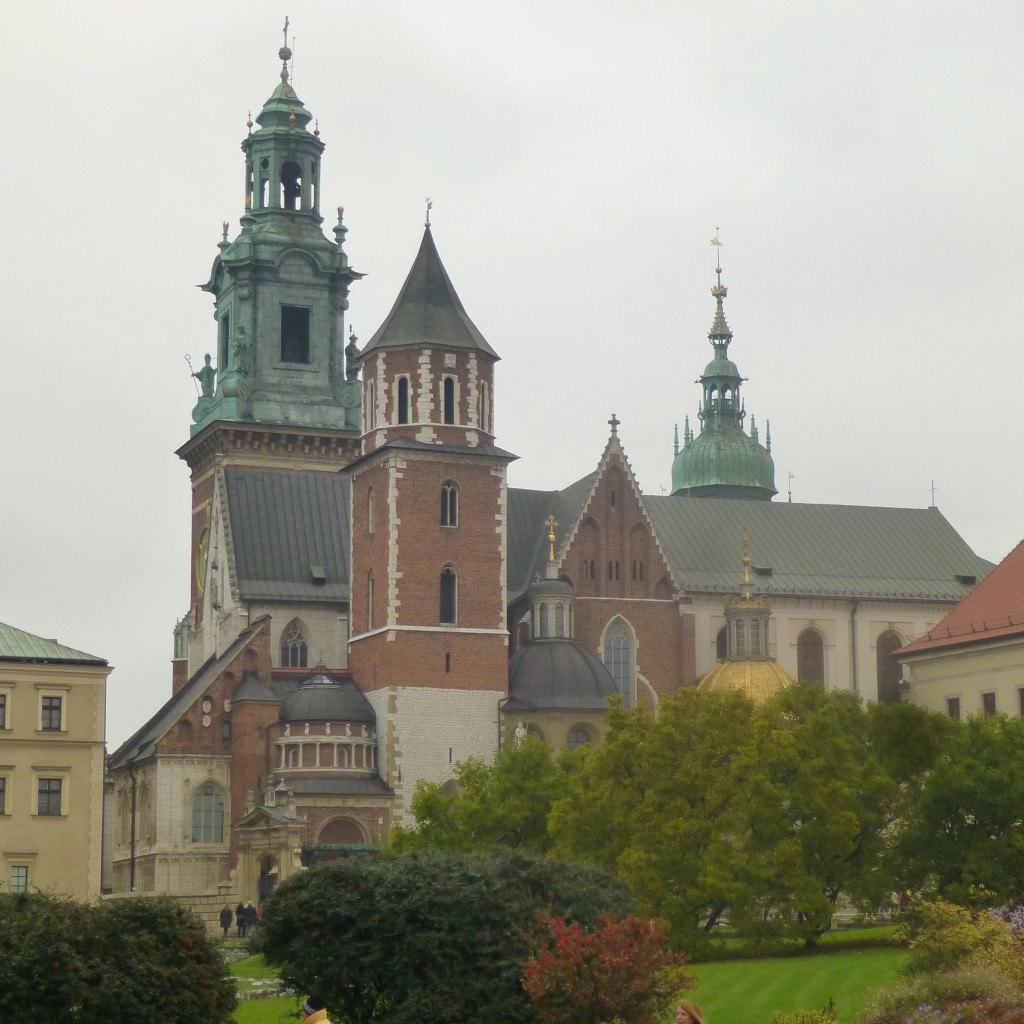
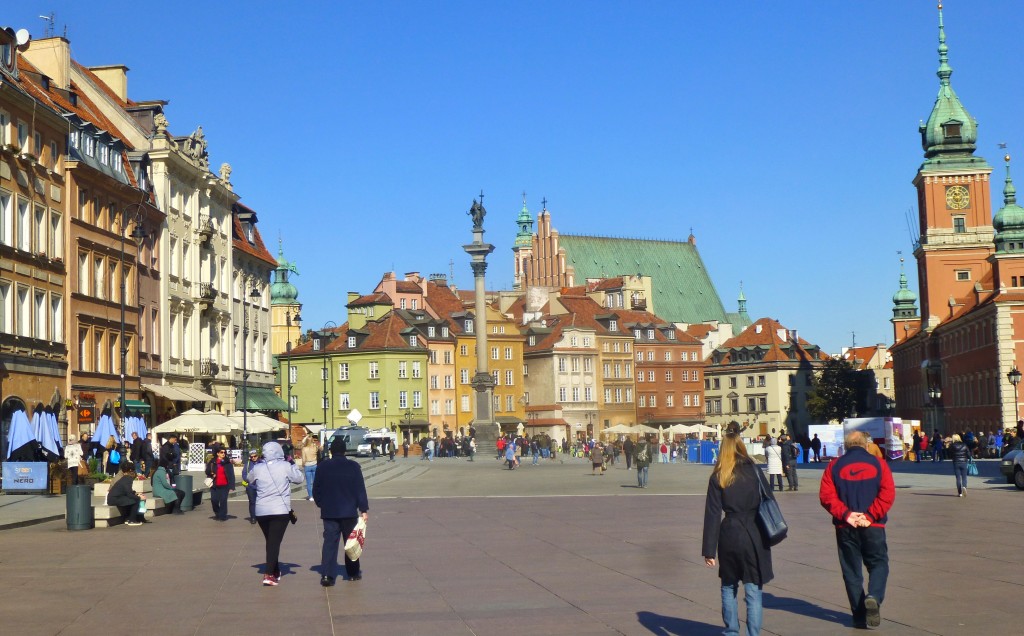
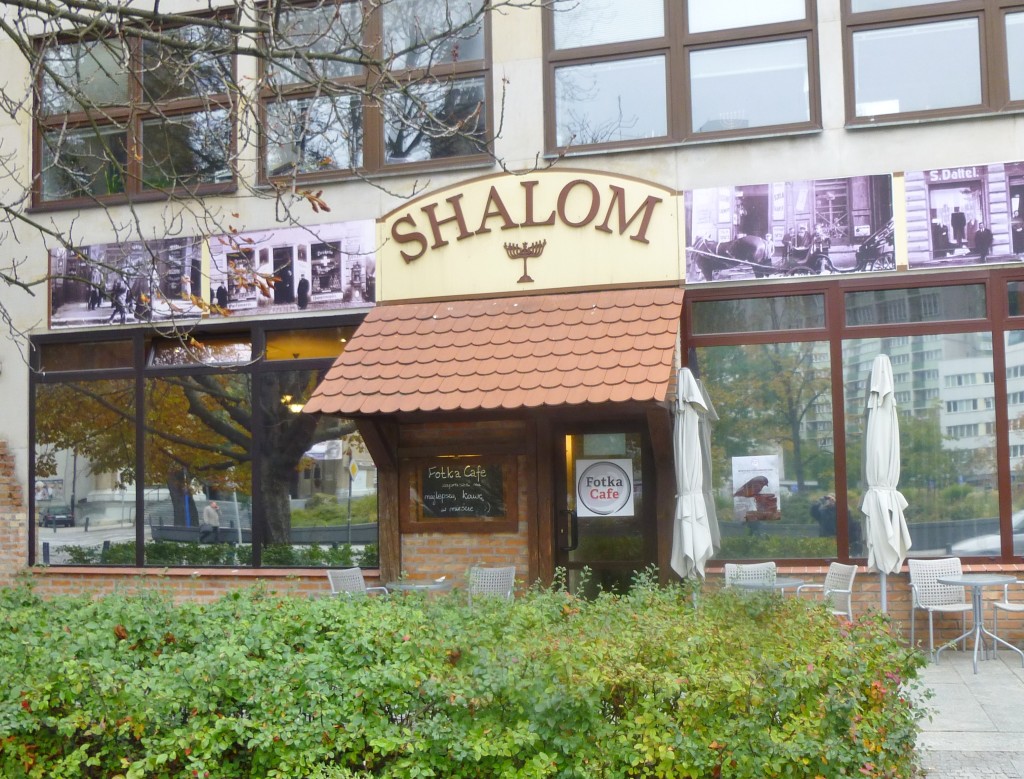
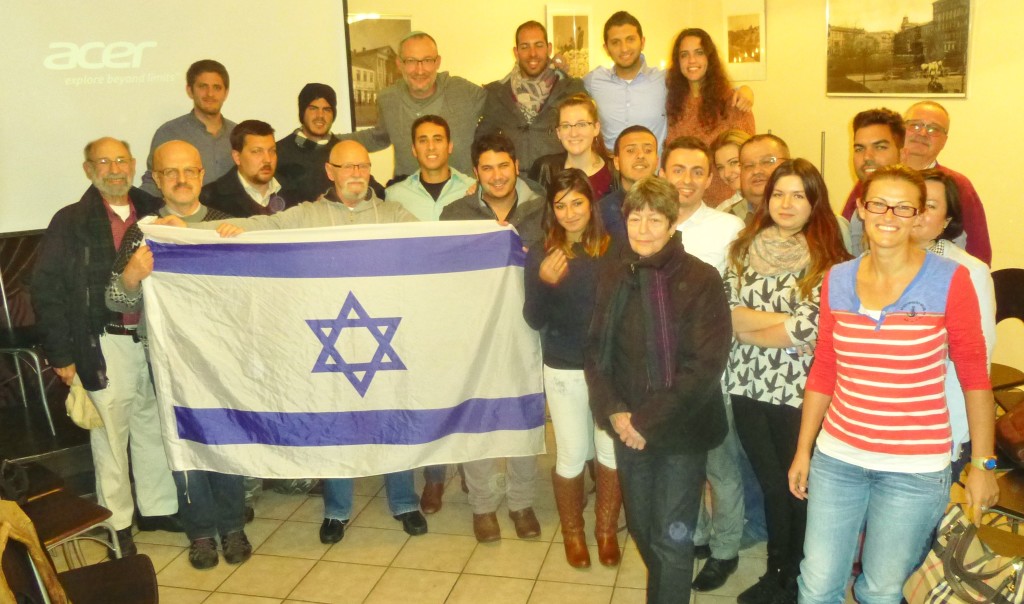
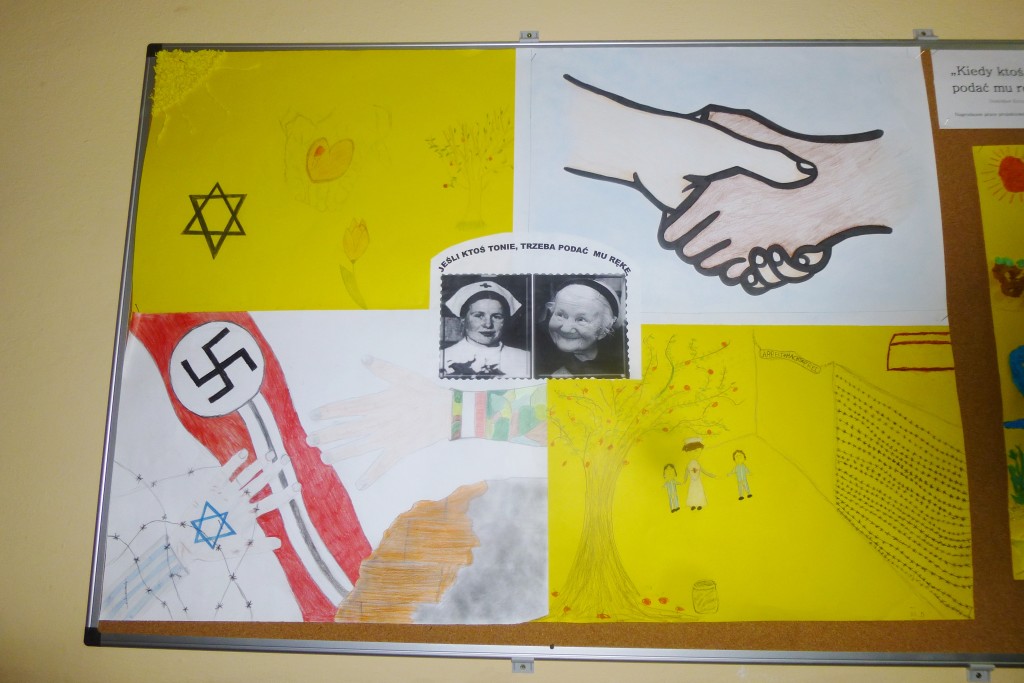

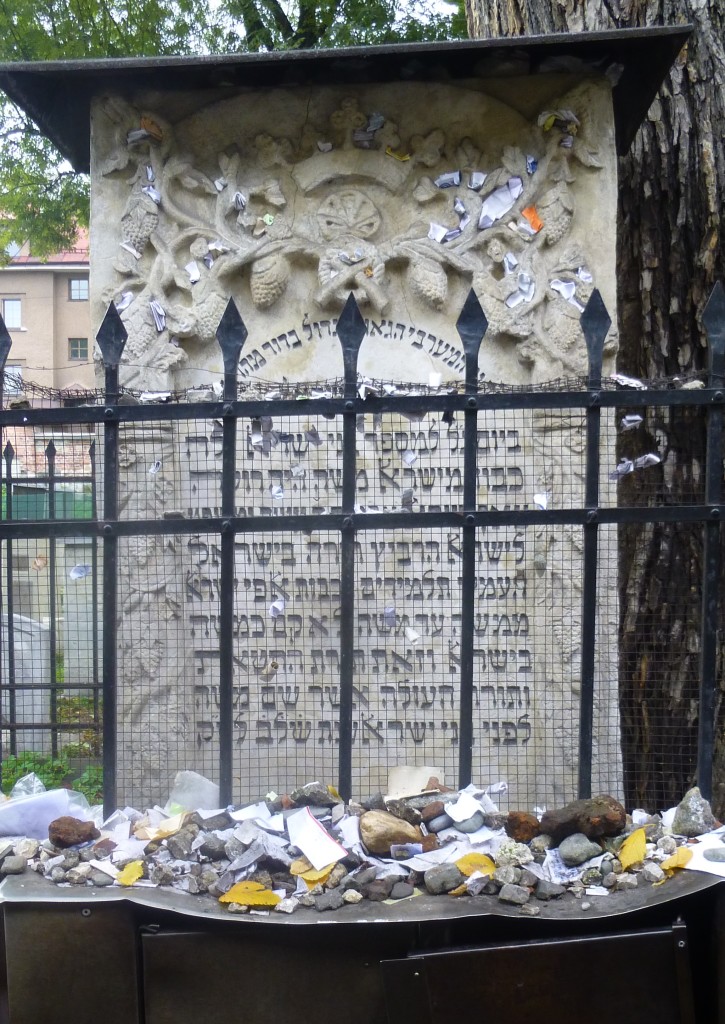
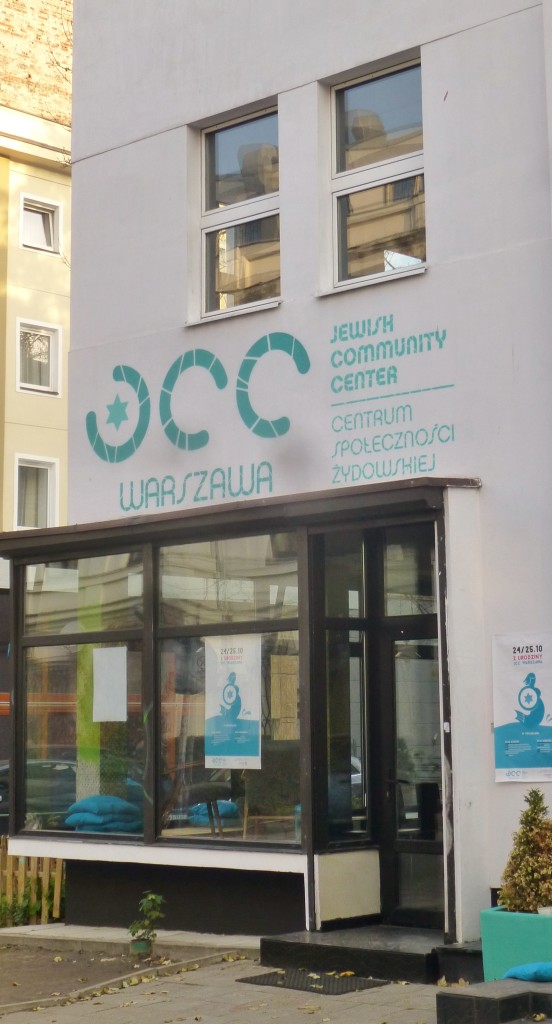
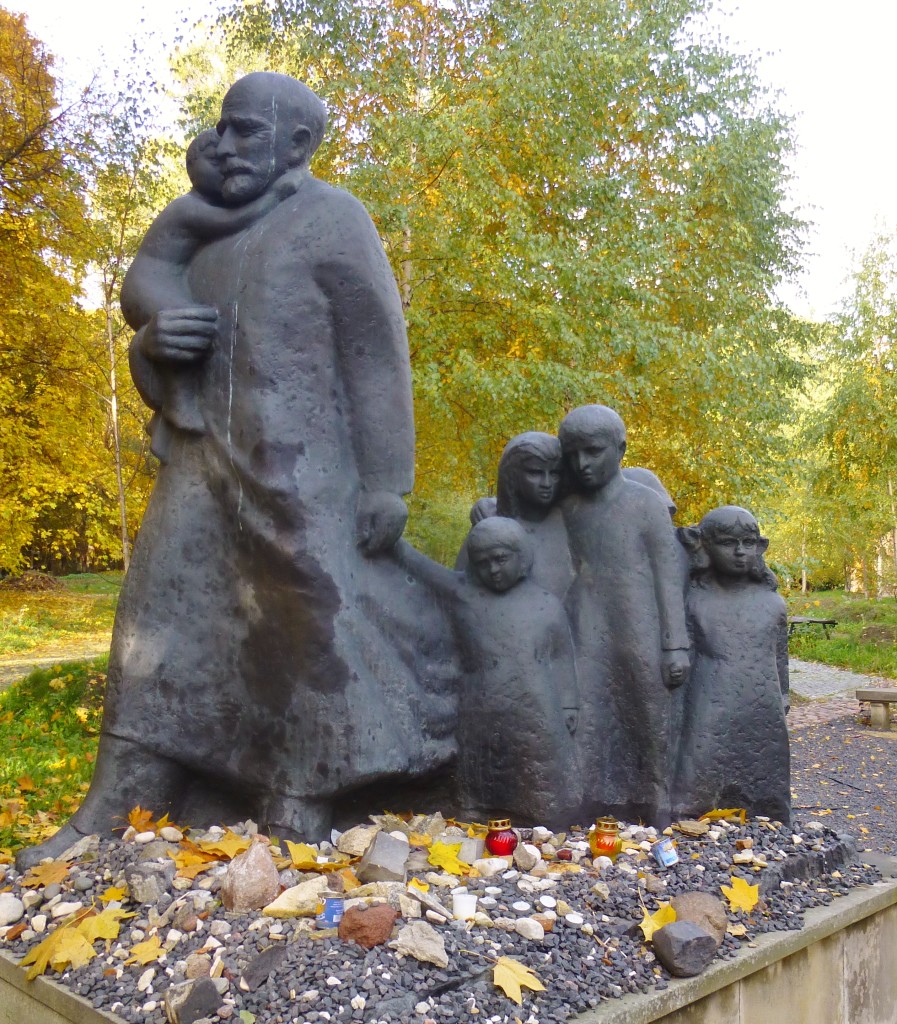

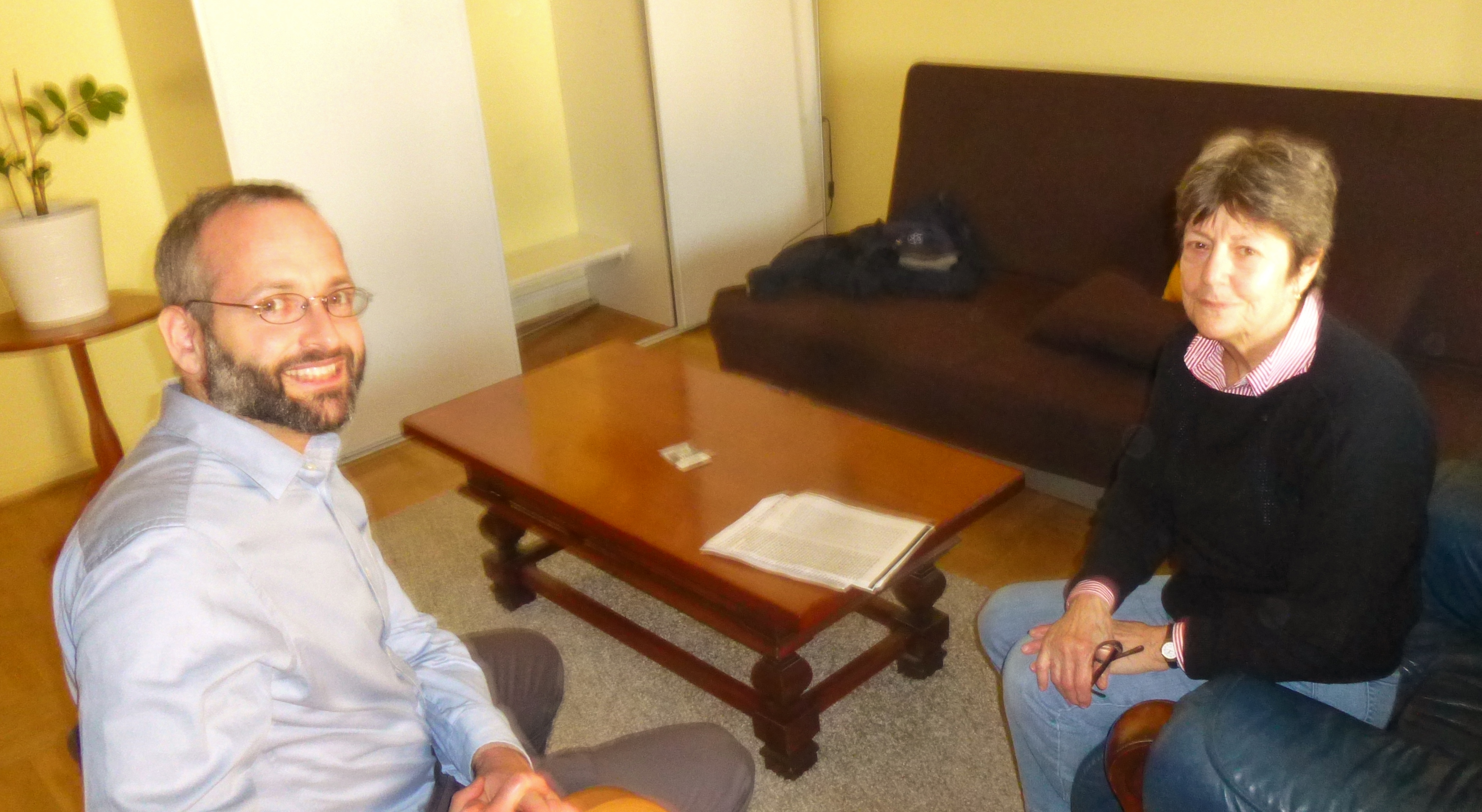
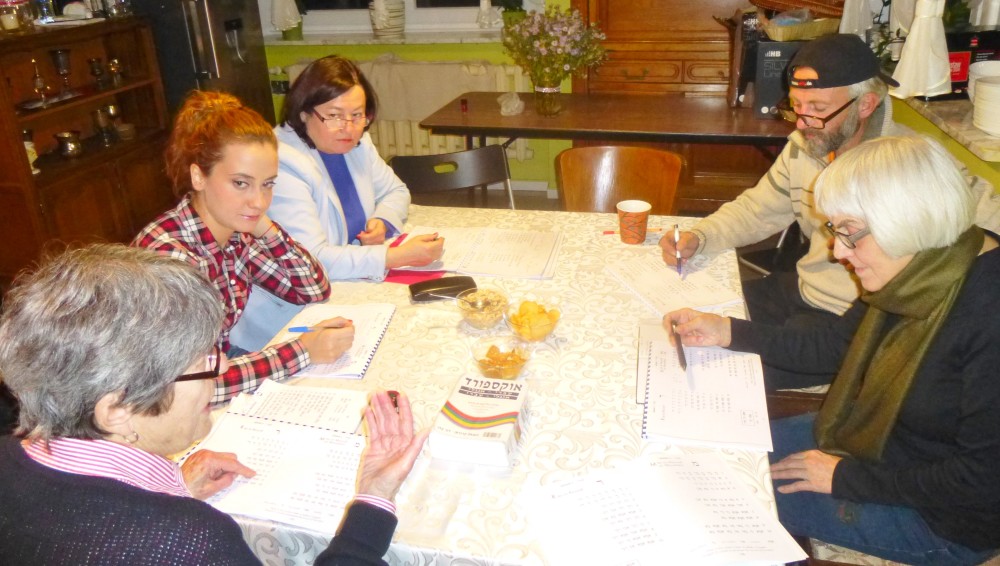
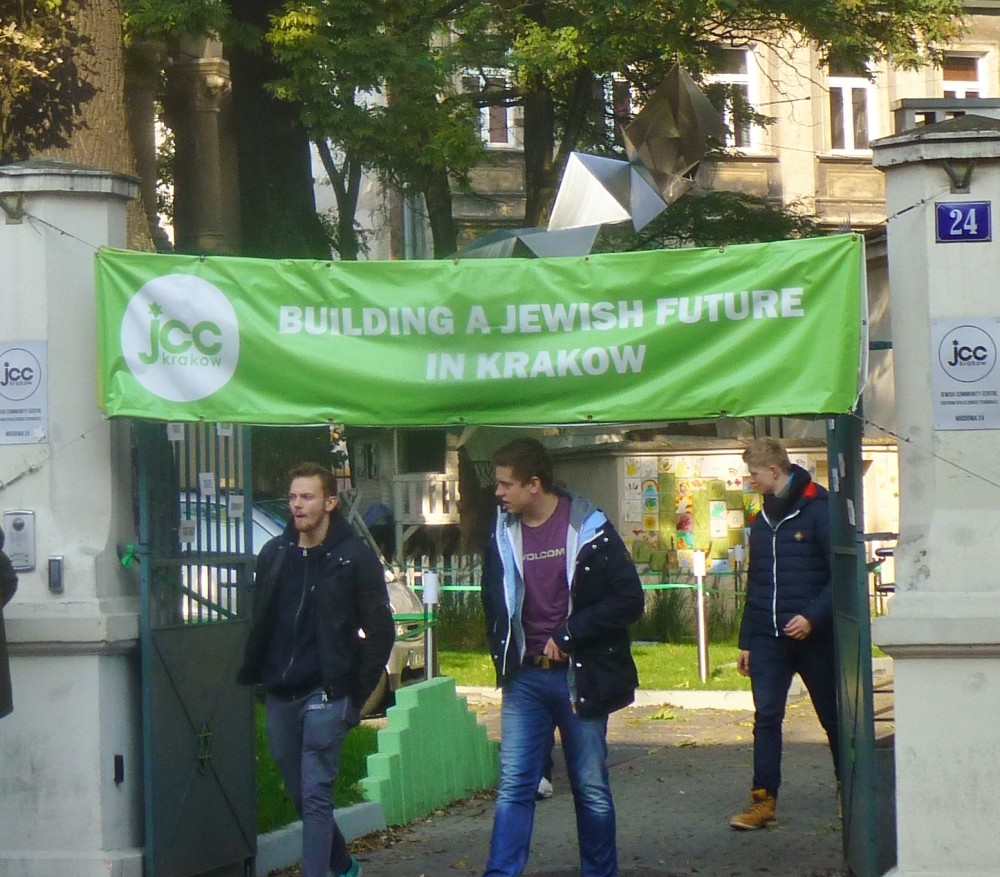
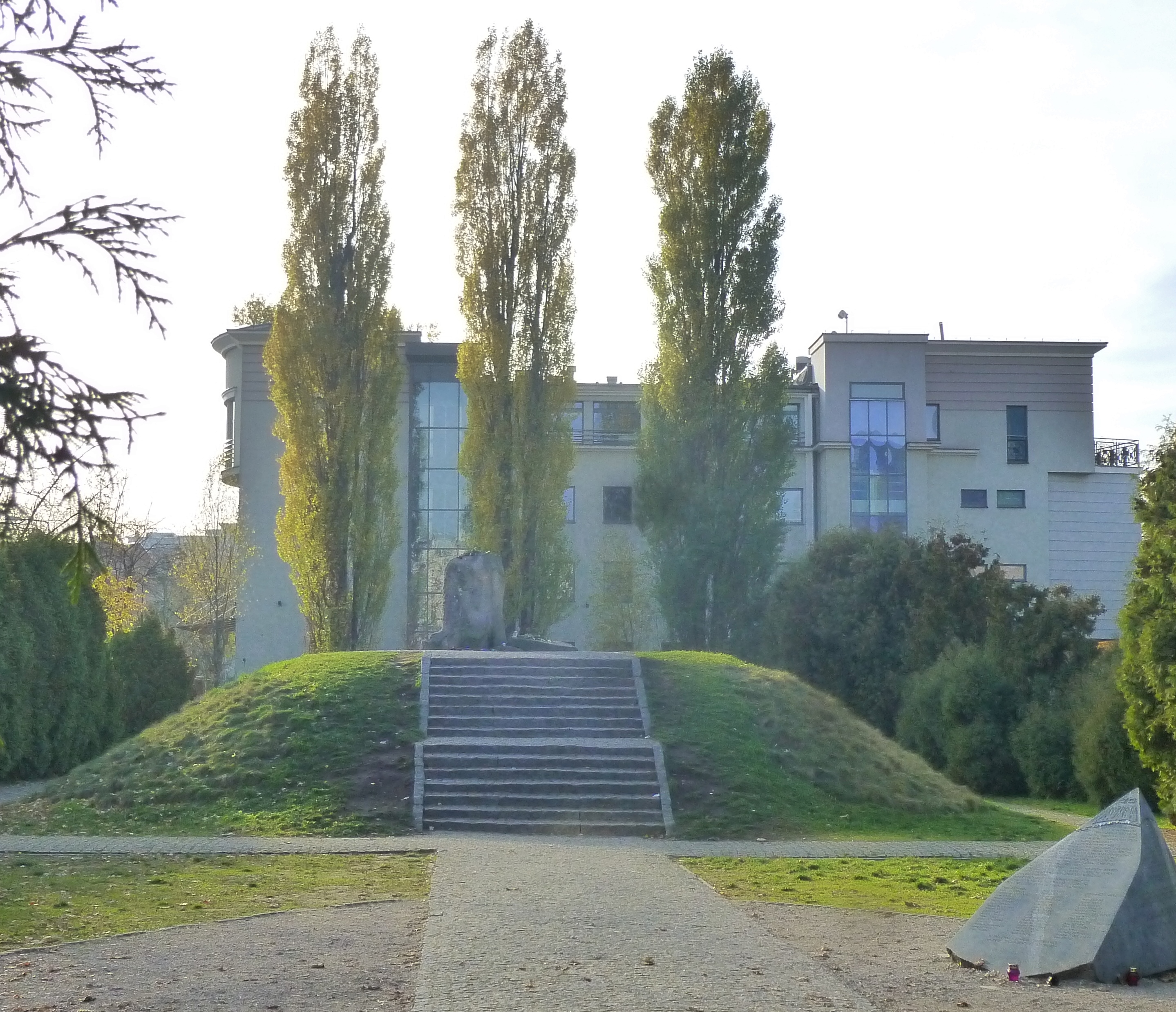
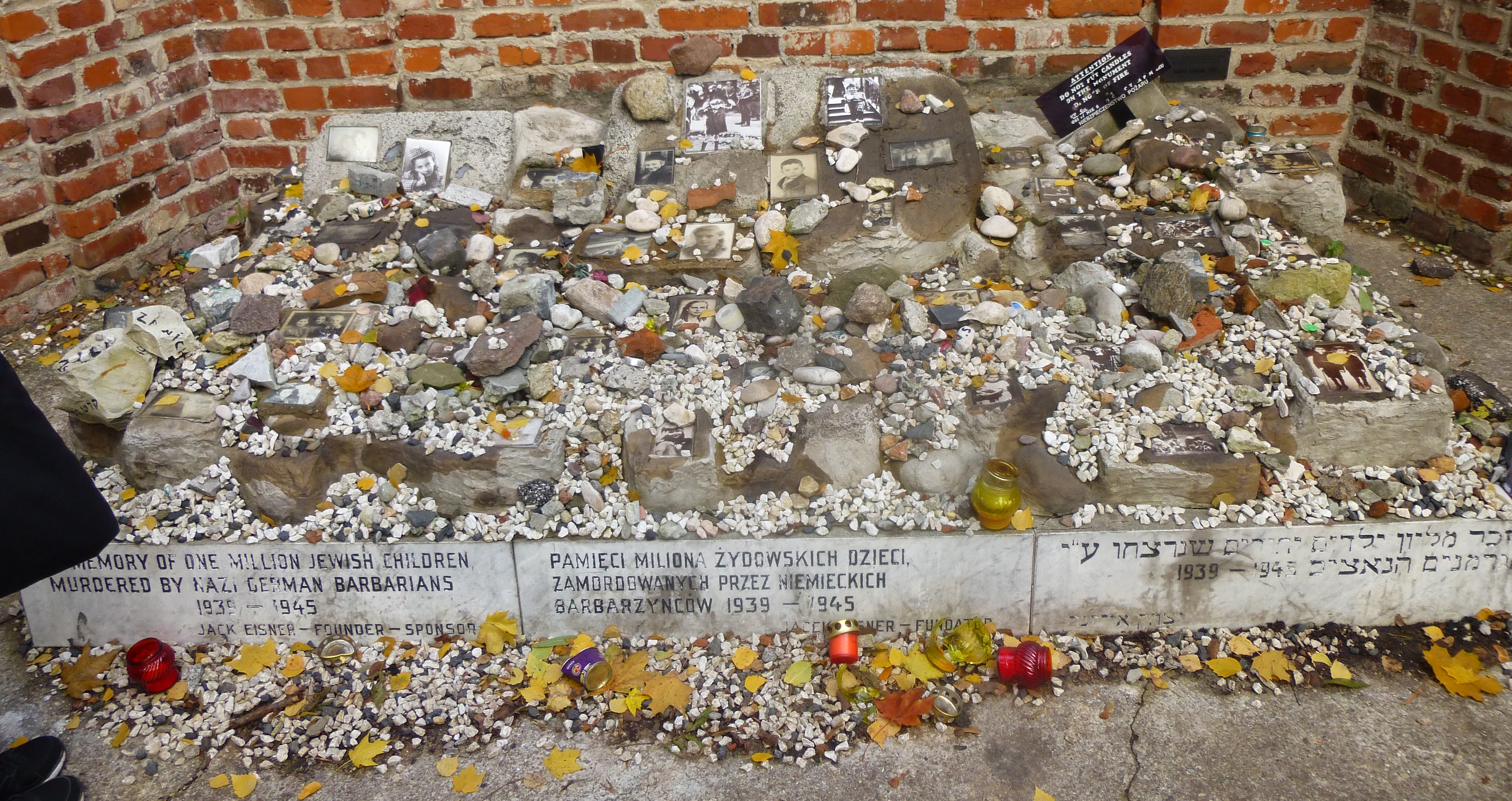
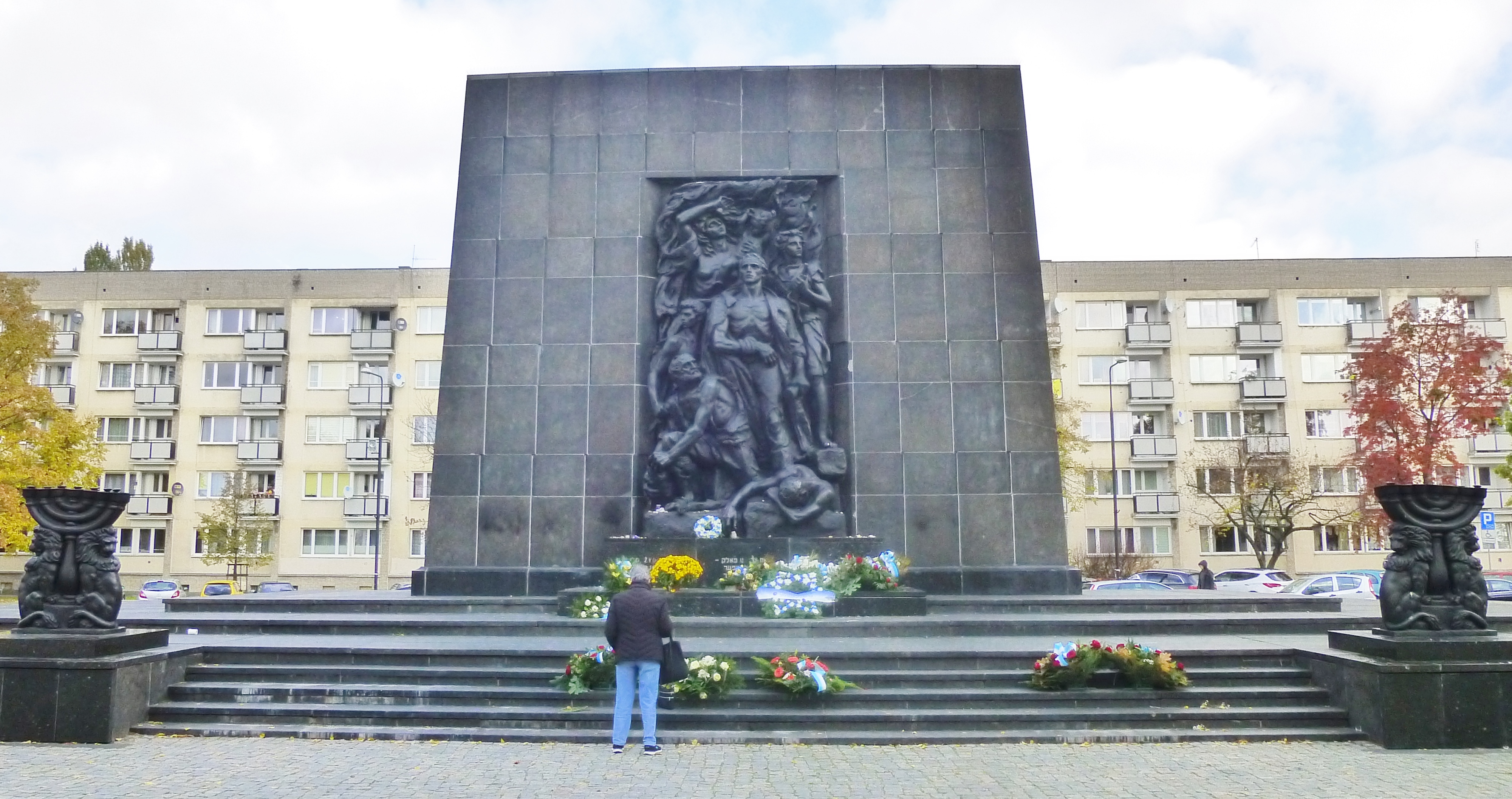
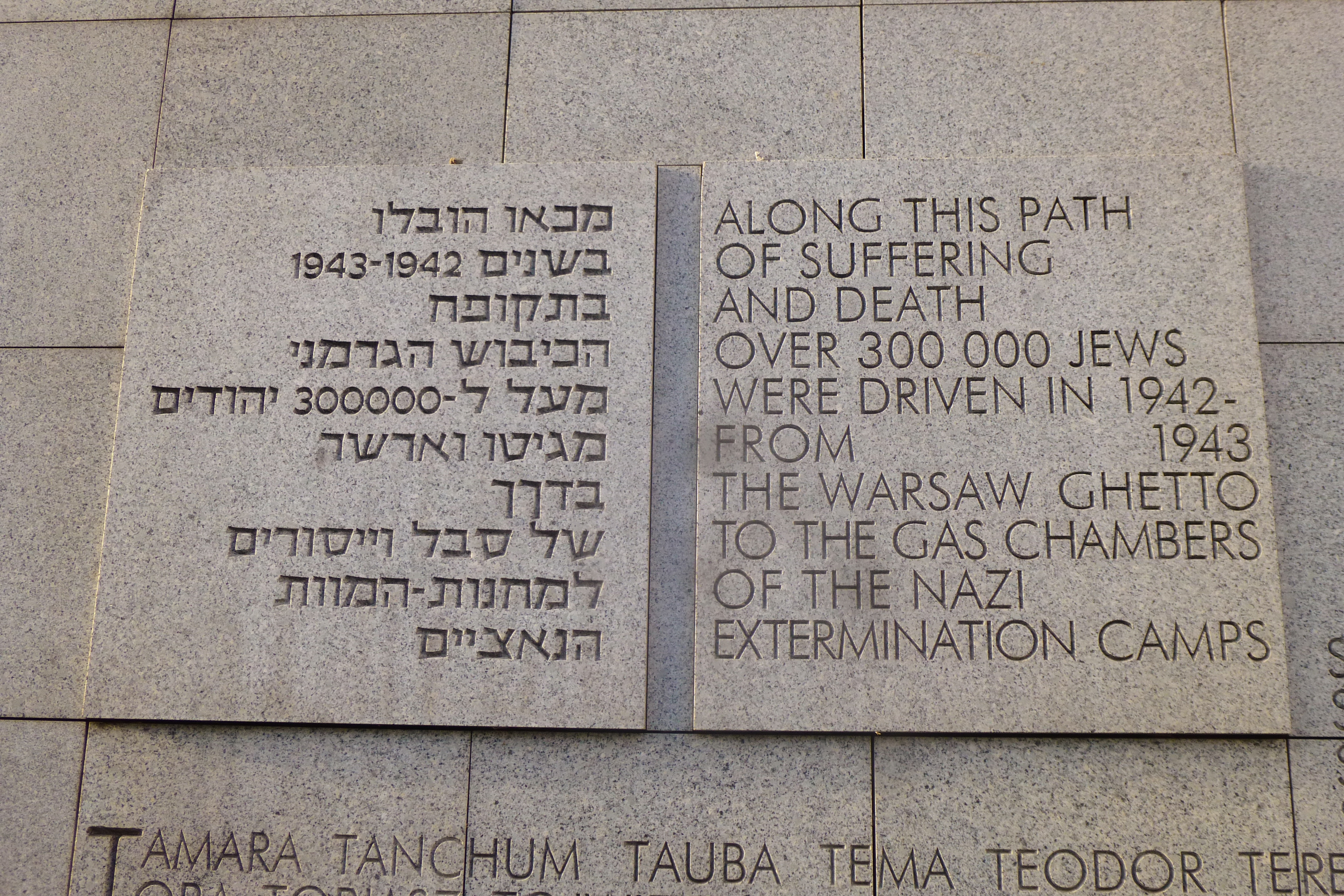
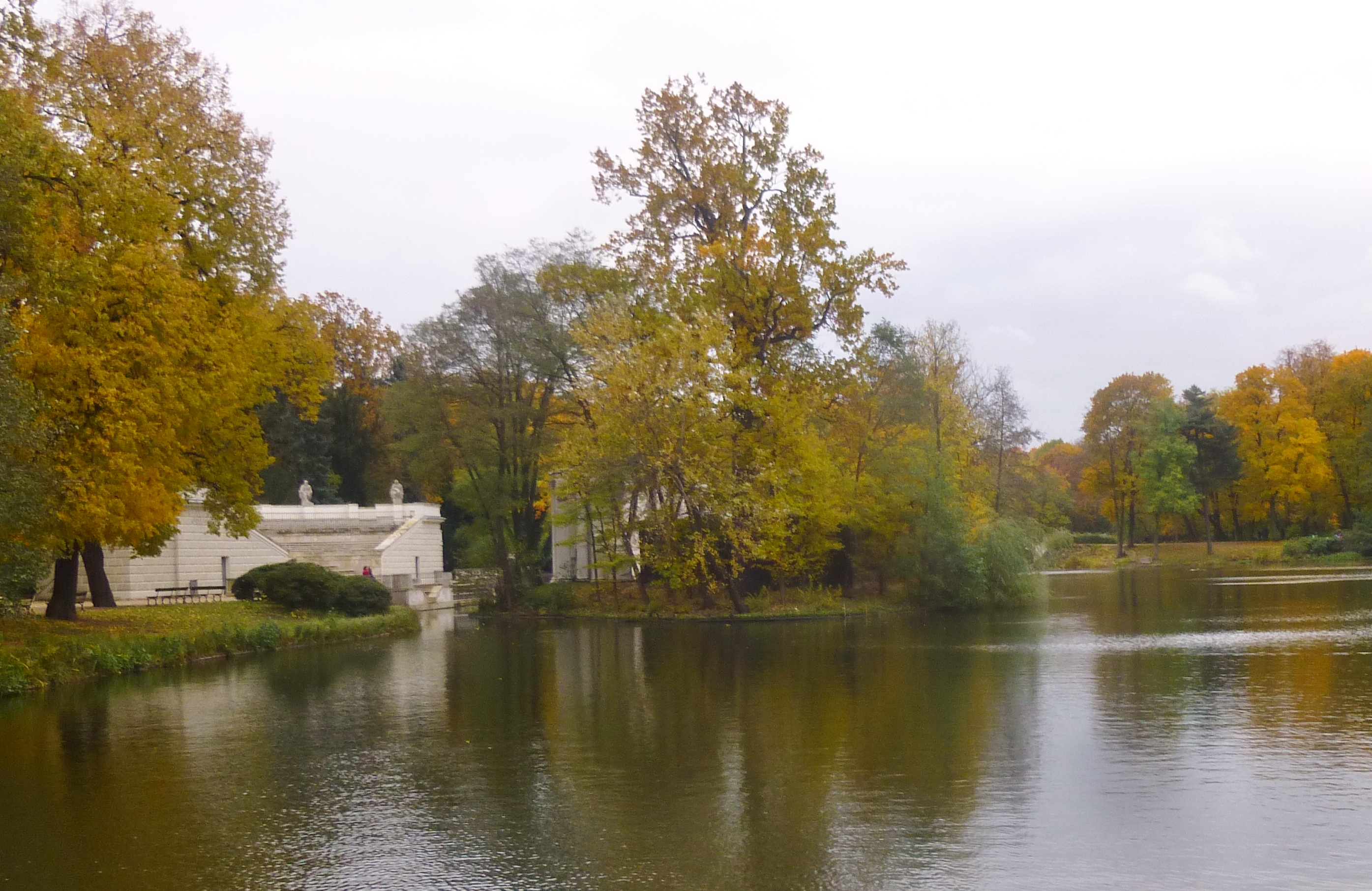






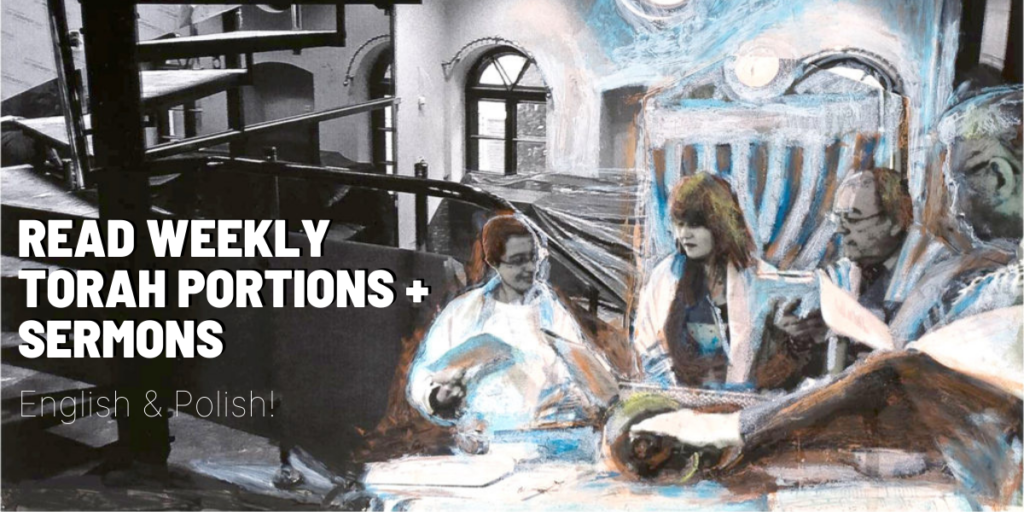


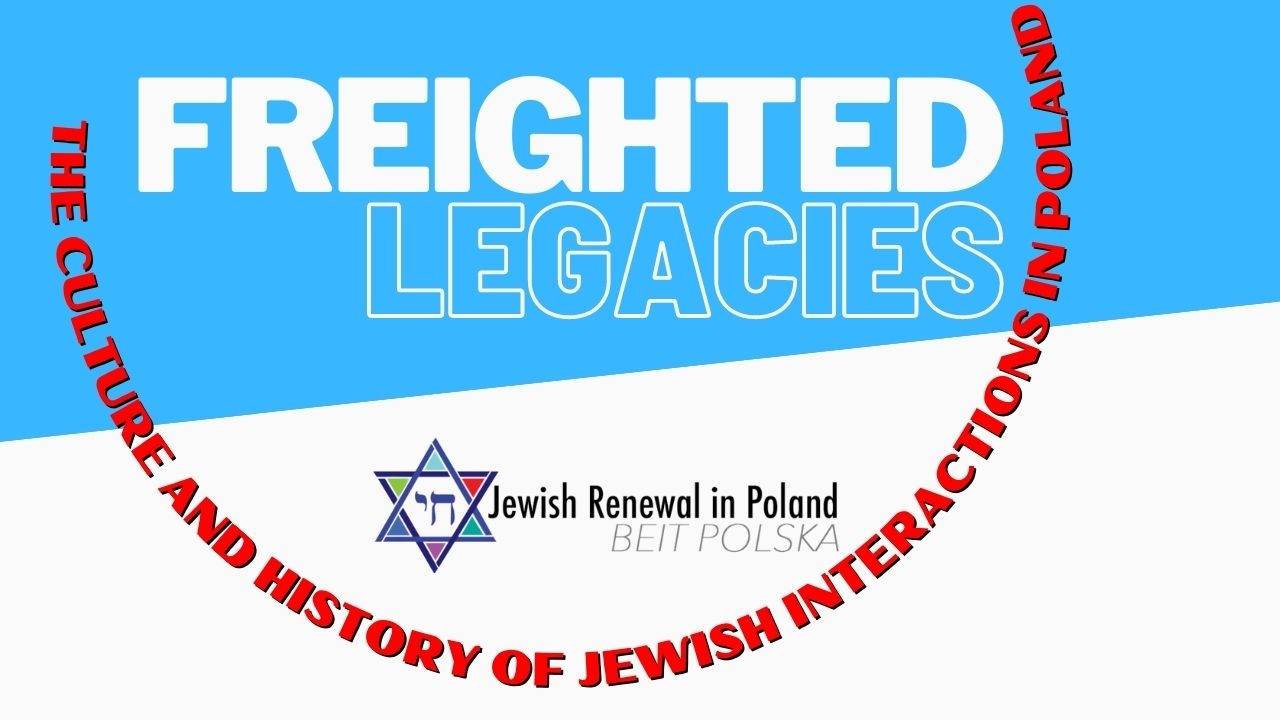
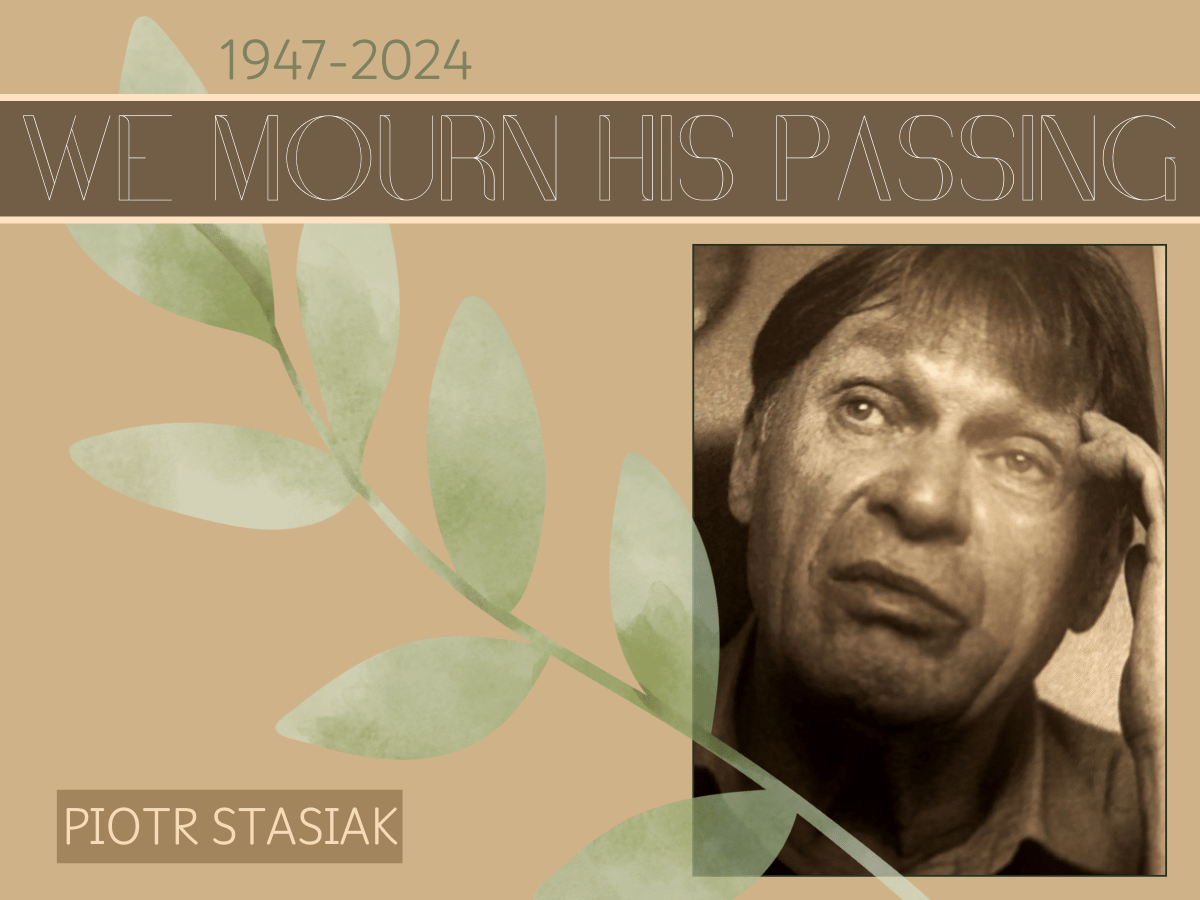

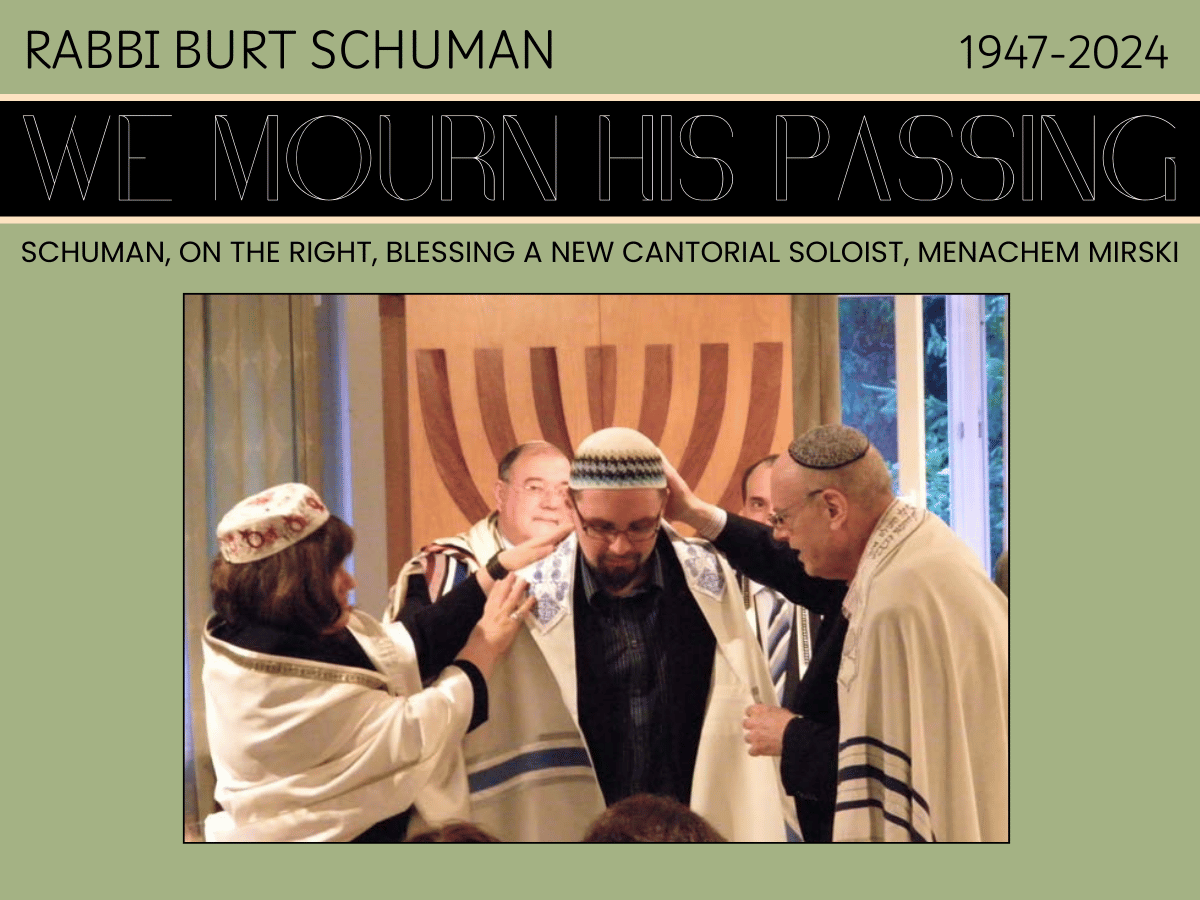




Leave a Reply